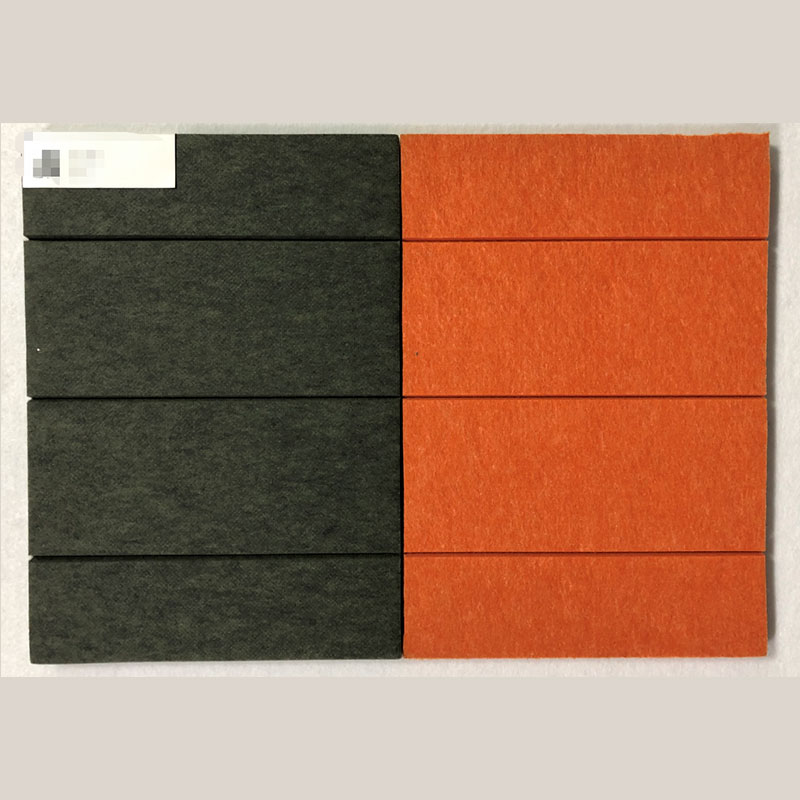PET Acoustic Panels: Everything You Should Know
2023-10-16
PET acoustic panels are sound-absorbing panels made from PET (polyethylene terephthalate) material, which is a type of plastic commonly used for packaging, bottles, and various consumer goods. These panels are designed to improve the acoustic quality of indoor spaces by reducing noise levels, echoes, and reverberation, creating a more comfortable and pleasant environment for occupants.

Here's a comprehensive overview of PET acoustic panels, including their features, benefits, installation, and considerations:
Features and Benefits:
Sound Absorption: PET acoustic panels are engineered to absorb sound waves that hit their surfaces, reducing the amount of sound energy reflected back into the room. This helps control noise levels and enhances speech intelligibility.
Eco-Friendly: Many PET acoustic panels are made from recycled PET materials, making them an environmentally friendly option for acoustic treatment.
Aesthetic Versatility: These panels come in various designs, colors, and textures, allowing them to complement different interior styles and aesthetics.
Versatile Applications: PET acoustic panels are suitable for a wide range of settings, including offices, educational institutions, theaters, restaurants, residential spaces, and more.
Easy Installation: They can be easily mounted on walls or ceilings using adhesive, clips, or other installation methods, making them convenient for retrofitting or integrating into new constructions.
Durable and Low Maintenance: PET material is durable and resistant to moisture, making the panels suitable for long-term use. They also require minimal maintenance.
Considerations and Usage Tips:
Acoustic Requirements: Consider the specific acoustic needs of the space. Different environments might require varying levels of sound absorption. Panels with higher noise reduction coefficients (NRC) are more effective at absorbing sound.
Placement: Strategically placing panels in areas with the most sound reflection and transmission can yield the best results. Consider wall and ceiling locations that maximize coverage.
Panel Thickness and Density: Thicker and denser panels generally offer better sound absorption. However, the specific thickness and density required depend on the acoustic goals of the space.
Aesthetic Integration: Choose panel designs and colors that fit the overall interior design. Some panels can be customized with patterns or images to enhance their visual appeal.
Installation: Follow manufacturer guidelines for proper installation to ensure optimal performance. Improper installation can diminish the panels' effectiveness.
Combination with Other Materials: PET acoustic panels can be combined with other acoustic materials, such as bass traps and diffusers, to achieve a comprehensive acoustic treatment solution.
Cleaning: While PET material is resistant to moisture, regular cleaning with a soft cloth is recommended to maintain their appearance.
PET acoustic panels offer an effective and visually appealing solution for addressing acoustic challenges in various spaces. When choosing these panels, it's important to consider factors such as the desired level of sound absorption, the panel's design, and the specific requirements of the environment. By integrating PET acoustic panels into a space, you can create a more comfortable and acoustically pleasing environment for occupants.


